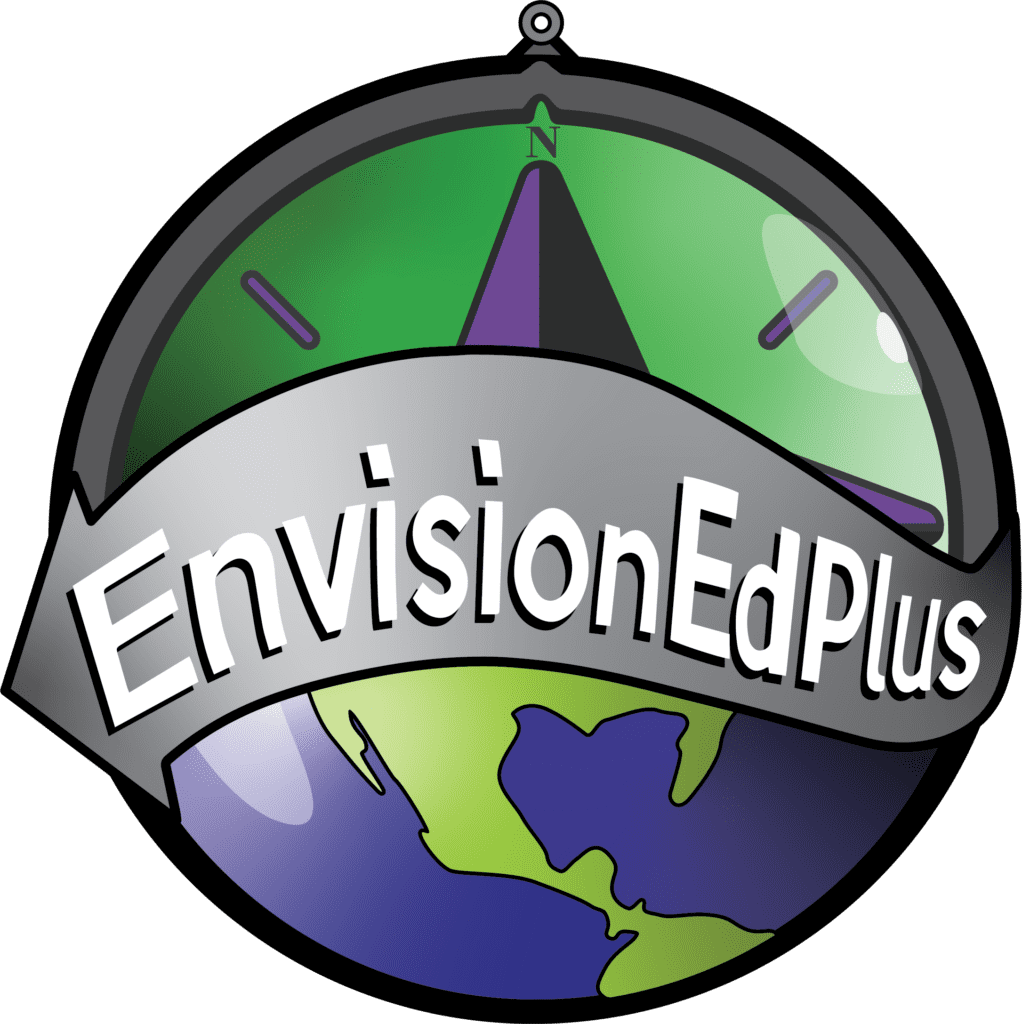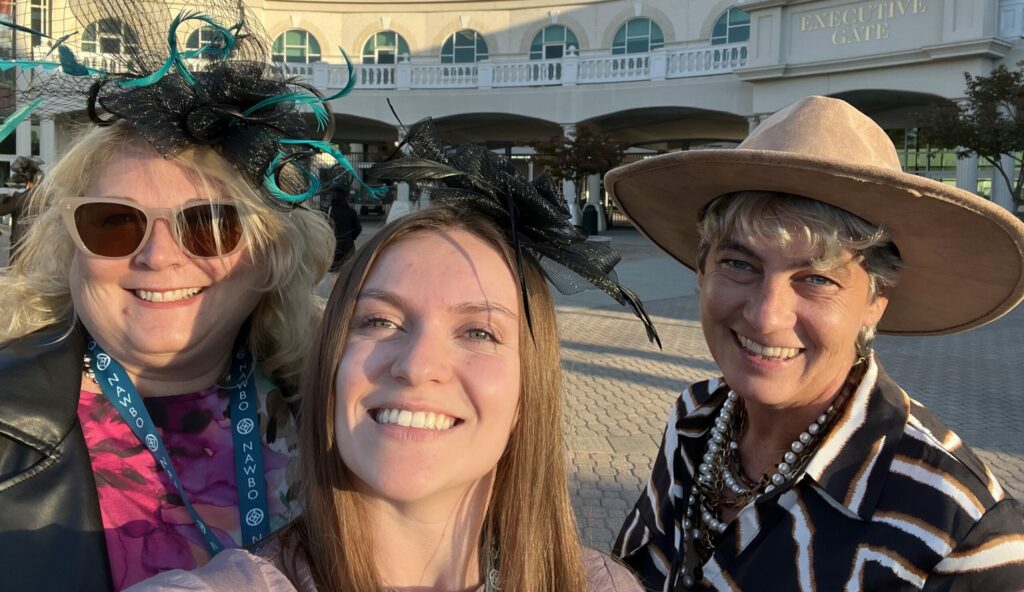An Educator's Guide to the Total Solar Eclipse
By:
Sandra Guinto, Ohio STEM Learning Network
Kelley Albright, EnvisionEdPlus
Every now and then, the universe will treat us with amazing celestial events, and on Monday, April 8th those of us lucky enough to live in or near its path (like much of Ohio), will get to see a total solar eclipse. We’re calling all learners, teachers, and out-of-school time professionals to prepare for this unique event.
EnvisionEdPlus partnered with Sandy Guinto, STEM Relationships Manager with the Ohio STEM Learning Network, to share ideas and resources to get your students excited, get your community involved, and support your local businesses.
According to NASA, during a total solar eclipse, the corona (the outer atmosphere of the Sun) becomes visible. At the point of totality, the darkness sometimes tricks nocturnal wildlife and wakes them up! What’s even crazier is that the Farmers’ Almanac states that the outside temperature can drop 10 to 15 degrees Fahrenheit!!
Did you know that the last total solar eclipse visible in Ohio was in 1806?
And the next one to cross Ohio will not happen until 2099! Because of this, many communities are preparing for mass amounts of visitors hoping to get a good view. This creates great opportunities for schools and programs in the path of the eclipse to connect with their local government, businesses, and community members to prepare for this celebration.

Photo from NationalEclipse.com
Are you in the path of the eclipse? Here are ideas for engaging and supporting your community include:
- Invite the local chamber or city government to discuss preparations in your area.
- Host an eclipse event for the local community to increase awareness and educate your community in advance of the eclipse.
- Pair up with a local senior citizen center to make eclipse viewers.
- Create posters for local businesses.
- Volunteer to help your community prepare for visitors.
- Below is our release dates for the 3 part YouTube video series where Mr. Brown, an Ohio 7th and 8th science teacher at Ottawa-Glandorf Schools, and a few of his students share their ideas for engaging students and the community!
- Monday, January 8th – View here!
- Monday, January 15th – Subscribe to be notified when this video is released!
- Monday, January 22nd – Subscribe to be notified when this video is released!
No matter what age group you work with, this is a great learning opportunity and is one that is sure to spark your student’s interest. Below are some resources and ideas to make this total solar eclipse one that students will remember for a lifetime.
- Eclipse Jeopardy.
- Seventh-grade ODEW Solar Eclipse unit with state standards. You will need to make a copy of this document, but this contains a wealth of information even if you do not teach 7th grade.
- Create a Pinhole Projector. (Only if you are located in the eclipse’s path)
- Create an eclipse viewer. (Only if you are located in the eclipse’s path)
- The State Library of Ohio’s suggested readings by age group.
- Host an eclipse assembly with eclipse activities and snacks.
- Study shadows with younger grade levels.
- Use 2 balls and a flashlight in a dark room to explain how the ellipse forms.
- Additional Ohio DEW Resources for Elementary.
- Additional Ohio DEW resources for Middle School.
- Additional Ohio DEW resources for High School.
- See how Mr. Brown and his students are preparing for the eclipse in our EnterActive YouTube video!
Don’t forget, if you plan to look at the eclipse, you need to get your eclipse glasses which are ISO 12312-2 certified now as they are more likely to sell out closer to the event.
- Check your local stores as well as:
- Target
- Walmart
- Amazon
Want to hear more ideas? Join us on Wednesday, February 7th from 3-4 pm for our FREE Total Eclipse fireside chat. Register below!
Check out Mr. Brown’s videos using the button below!




